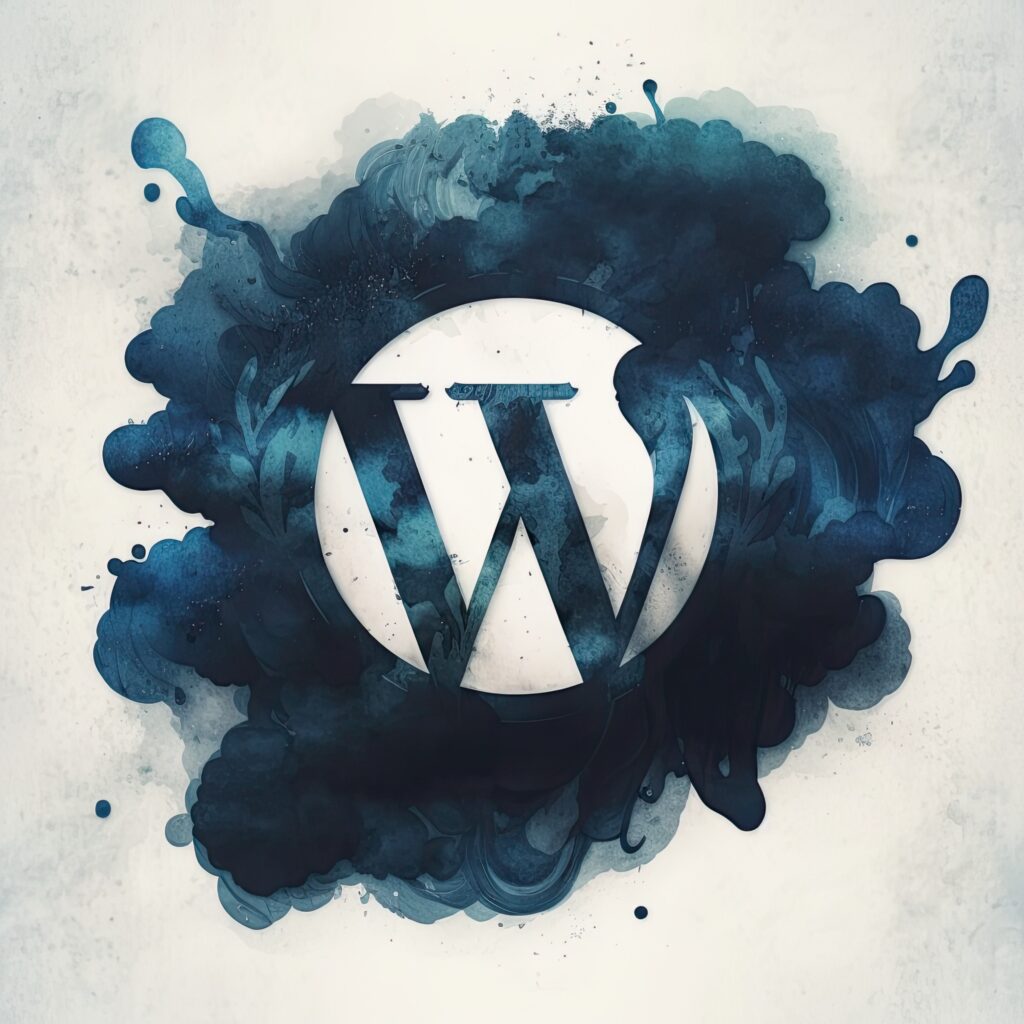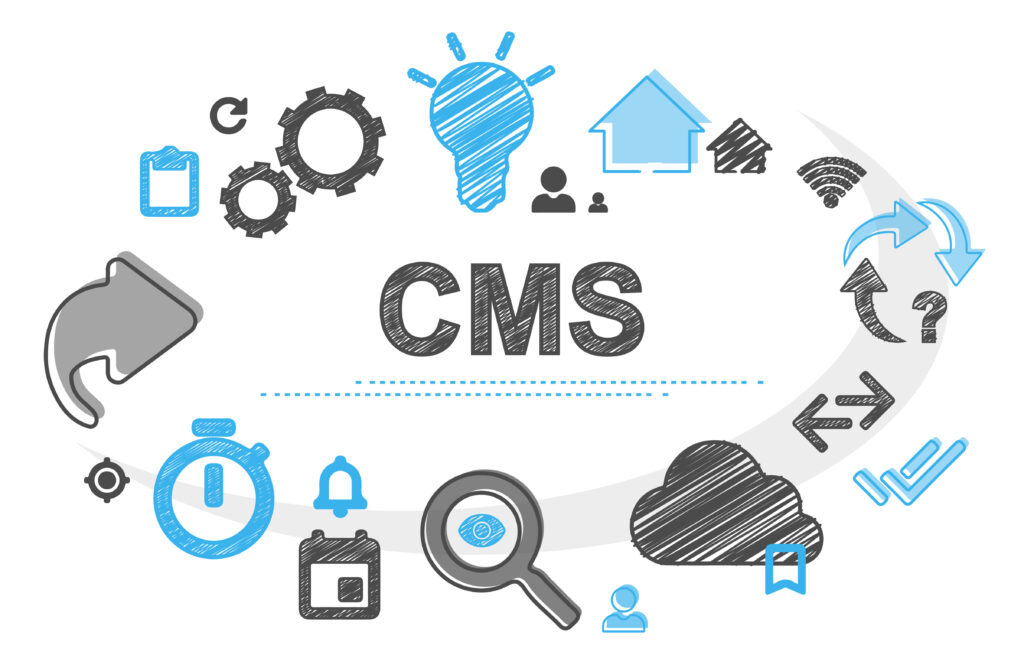If you’re a Drupal 7 user, you may have heard the recent news about its end-of-life announcement. On January 5, 2025, Drupal 7 will bid farewell to official support. While there was an extension until November 1, 2023, this final extension means that the Drupal Security Team will be reducing support for moderately critical issues, among other changes. So, what does this mean for you? And why is migrating to WordPress your best power move?
The Advantages of WordPress
Scalability and Flexibility
WordPress is built to grow with your business. Whether you’re starting with a simple blog or running a complex e-commerce site, WordPress can handle it. As your website evolves, you can easily add new features and functionalities without compromising performance. Plus, WordPress seamlessly integrates with various third-party services and APIs, allowing you to connect your site with other tools and platforms.
User-Friendly Interface
WordPress is known for its beginner-friendly dashboard, with a design that caters to those who might be launching their first website, ensuring they can get started with ease. On the other hand, Drupal’s power-packed features offer a lot for those who delve deep, though it might take a little more time for an absolute beginner to navigate its intricacies.
With WordPress’s intuitive dashboard and easy-to-use tools, you can quickly customize your site, publish content, and update plugins without any hassle. Notably the WordPress editorial interface is ready to go straight away – your theme elements can be moved around and edited within the block editor, and now full site editing allows you to apply global style changes across your whole site efficiently and consistently.
Extensive Theme and Plugin Ecosystem
Following WordPress’s ease of use, it’s no surprise that its expansive universe of plugins further amplifies its capabilities. While Drupal traditionally held an edge in sophisticated publishing tools and detailed content management, the emergence of advanced WordPress plugins is changing the narrative. Consider tools like DXP Toolkit from Crowd Favorite, which enables users to manage personalisation across their site down at the block level with key integrations with popular enterprise CRM systems like Salesforce and Hubspot, all within the same user-friendly environment WordPress is celebrated for.
WordPress boasts a vast library of themes and plugins, giving you endless possibilities for customization. Whether you’re looking for a sleek and modern design or specific functionality, you’re sure to find a theme or plugin that fits your needs. From e-commerce solutions to SEO optimization tools, the WordPress ecosystem has it all.
Robust Security Measures
WordPress takes security seriously. With regular updates to its core software and a vigilant security team, WordPress provides a secure foundation for your website. Beyond that, the Plugin Review Team strictly reviews themes and plugins before they’re made available in the WordPress repository, allowing you to safely browse for reputable solutions. Additionally, plugins like Wordfence and Sucuri can further enhance your site’s security by offering advanced security features and protection against malicious attacks.
Active and Vibrant Community
One of the standout features of WordPress is its massive and highly engaged community. With over 40% of websites on the internet powered by WordPress, you can rest assured that you’ll have no shortage of resources, plugins, and themes to choose from. The community is constantly developing and improving the platform, meaning you’ll have access to the latest features and security updates.
Long Term Backward Compatibility
Since its earliest days WordPress has maintained a commitment to backwards compatibility across the technology base – 20 years later, that does come with limits, but the fundamental model of WordPRess’s development pathway is ‘minimal breaking changes’. Drupal has significant changes in each major version, and while for some users that’s a manageable overhead, moving to WordPress removed the periodic necessity of major revision in your site. All sites require constant maintenance and upgrades, but you may find the WordPress approach less disruptive to your business.

Migrating from Drupal 7 to WordPress
With Drupal 7’s end-of-life approaching, now is the perfect time to consider migrating to WordPress. While every migration process is unique, here are some general steps to guide you:
1. Plan and Prepare
Assess your current Drupal 7 site and identify the essential elements you want to migrate. Create a content inventory and determine which functionalities you’ll need on your new WordPress site.
Make sure you create a backup of your Drupal site. We recommend using Drupal’s Backup and Migrate module.
2. Choose a Hosting Provider
Selecting the right Managed WordPress hosting provider is crucial for a smooth migration and optimal performance. Pagely, as a leader in Managed WordPress hosting, offers a reliable and secure environment for your WordPress site.
3. Set Up WordPress
Install WordPress on your chosen hosting provider. Set up your WordPress site’s basic settings and select your preferred permalink structure under Settings > Permalinks.
4. Migrate Content
Import your Drupal 7 content into WordPress using the FG Drupal to WordPress plugin.
In addition to migrating your content, the premium version of this plugin can set up redirects for your old Drupal URLs automatically after migration, which is a crucial step you’ll need to complete later to ensure a smooth transition for your visitors.
Of course, it can be the case that not all your content comes across in a simple mapping in a scripted migration. For larger sites, or ones that have been live for a long time, and in which the content has been edited and updated over time, the data models for the content may no longer be consistent. In such circumstances you may need to embark on a manual process for at least some of your pages, but rest assured, the WordPress ecosystem includes tools and options to make even these steps manageable and relatively painless.
Plugins like VersionPress can introduce to content management the powerful versioning capabilities that we’re used to in tools such as Github when managing code. With extended versioning processes, you can easily deploy a workflow that makes a manual migration manageable, and low risk, with quality control baked into the migration itself.
After the migration has completed, make sure to select the Modify internal links option in the section that follows. This will update your site’s internal links to the permalink structure you selected in the prior step.
Ensure that all of your content, including pages, blog posts, and media files, transfers seamlessly.
5. Configure and Test
Customize your site’s appearance with a theme that aligns with your brand and design preferences. Don’t forget to install essential plugins for functionality and security. Test all functionalities, including forms, search functionality, and user registration, to ensure everything is working correctly.
6. Redirects and SEO
Configure an SEO plugin like Yoast and ensure you have the proper redirects set up for your old Drupal URLs to their new WordPress URLs.
7. Launch and Optimize
Once everything is set up and tested, it’s time to launch your new WordPress site. Continuously monitor and optimize your site’s performance, security, and SEO to provide the best user experience.

Conclusion
With its active community, user-friendly interface, scalability, extensive theme and plugin ecosystem, and robust security measures, WordPress proves to be the superior choice for your Drupal 7 transition. The migration process may seem daunting, especially if your site has grown with you over the years. However, by planning properly and engaging with Open Source Enterprise software experts, such as Crowd Favorite and the right hosting partner like Pagely, you can seamlessly transition to WordPress and unlock the full potential of your website, and replatform for a more sustainable future.
